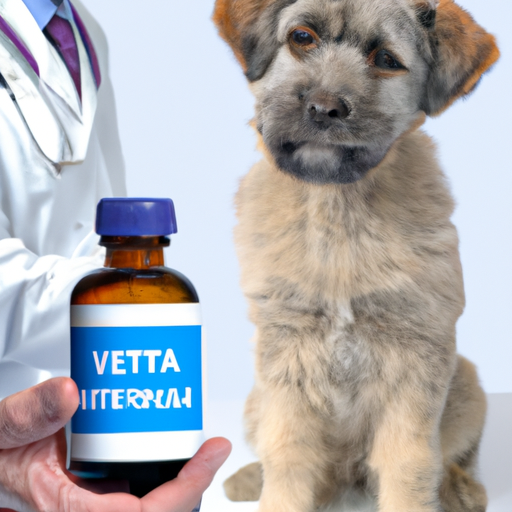As a caregiver, your furry friend’s health is your top priority. One medication that might come up in your pet healthcare journey is Carafate. But what is Carafate for dogs? How does it work and how could it benefit your pet? Let’s delve into the details of this drug and its uses in canine healthcare.
Table of Contents
- What is Carafate?
- How Does Carafate Work?
- Uses of Carafate in Dogs
- Side Effects and Precautions
- Frequently Asked Questions
Key Takeaways
- Carafate is a gastroprotectant used to treat ulcers and gastritis in dogs.
- It works by forming a protective coating over the affected area, promoting healing.
- Side effects are rare, but always consult with a vet before administering medication.
What is Carafate?
Carafate, known generically as sucralfate, is a medication originally intended for human use to treat ulcers and gastrointestinal issues. However, veterinarians often prescribe Carafate for dogs with similar conditions. It’s a gastroprotectant drug, which means it works by creating a protective barrier in your dog’s stomach to guard against harmful digestive acids.
How Does Carafate Work?
Carafate forms a paste-like substance when it comes into contact with stomach acid. This substance then adheres to the ulcer or inflamed area, creating a protective coating. This is particularly beneficial as it allows the area to heal without further irritation from stomach acid.
Uses of Carafate in Dogs
Carafate is used to treat a variety of digestive ailments in dogs. Some of the common conditions treated with Carafate include:
- Gastric ulcers: These are sores that form in the stomach lining due to excessive stomach acid.
- Esophageal ulcers: These ulcers occur in the esophagus, often as a result of acid reflux.
- Chronic Gastritis: This is a condition characterized by inflammation of the stomach lining.
While Carafate is not a cure for these conditions, it can help manage symptoms and promote healing. Always consult with a veterinary professional before administering Carafate or any other medication.
Side Effects and Precautions
While Carafate is generally safe for dogs, it’s important to be aware of potential side effects and precautions. Some dogs might experience constipation as a side effect of Carafate. Always monitor your pet closely when starting a new medication and report any adverse reactions to your vet.
Carafate can also interfere with the absorption of other medications. Therefore, it’s crucial to discuss all medications your dog is currently taking with your vet. As a rule of thumb, other medications should be given at least two hours before or after administering Carafate.
You might find these articles on common dog illnesses and canine medication safety helpful in understanding your pet’s health better.
Frequently Asked Questions
1. Can I use human Carafate for my dog?
While Carafate is a medication initially intended for humans, it should only be given to your dog under the guidance of a vet.
2. How should I administer Carafate?
Carafate is typically given by mouth as a tablet. It’s best to give it on an empty stomach, as food can interfere with its effectiveness.
3. How quickly does Carafate work in dogs?
Carafate starts working almost immediately after it’s administered, coating the stomach and providing relief.
4. Is Carafate safe for long-term use in dogs?
Long-term use of Carafate in dogs is generally safe. However, it’s essential to have regular check-ups with your vet to monitor your pet’s condition.
In conclusion, Carafate can be an effective part of a treatment plan for dogs suffering from gastric issues. As always, consult with your vet before starting any new medications and keep an eye out for any side effects. For more information on dog health, check out Onetopdog.



